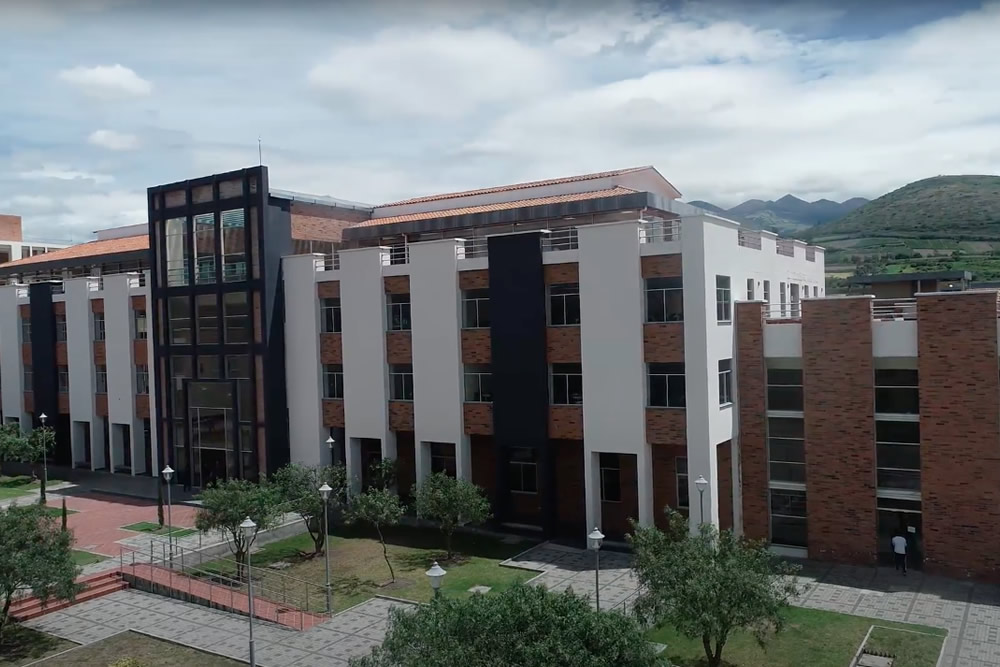VLSI micro- and nanophotonics : science, technology, and applications / editors, El-Hang Lee ... [et al.].
Tipo de material: TextoDetalles de publicación: Boca Raton, FL : CRC Press, 2010.Descripción: 1 v. : ill. ; 26 cmISBN:
TextoDetalles de publicación: Boca Raton, FL : CRC Press, 2010.Descripción: 1 v. : ill. ; 26 cmISBN: - 9781574447293 (acidfree paper)
- 621.395 22
| Tipo de ítem | Biblioteca actual | Signatura | Copia número | Estado | Fecha de vencimiento | Código de barras | Reserva de ítems | |
|---|---|---|---|---|---|---|---|---|
 Colección general
Colección general
|
Biblioteca Yachay Tech | 621.395 V573 2011 (Navegar estantería(Abre debajo)) | Ej. 1 | Disponible | 000717 |
Includes bibliographical references and index.
"There is a significant difference between VLSI (very large scale integration) micro/nanoelectronics and VLSI micro/nanophotonics. This book is about the latter, which is meant to define photonic devices, circuits and subsystems in small sizes reaching down in scale to micron, submicron, nano-scale, and quantum-scale dimensions. This book examines issues concerning three essential steps in this technology: miniaturization, interconnection, and integration of microphotonic devices, circuits and systems in micron or submicron scale. It highlights the technology's advantages with respect to size as well as its ability to offer new and unexplored functions toward new applications"--
"This book is about an advanced technical field we have termed 'VLSI micro/nanophotonics'. It is not about what is generally known as 'VLSI micro/nanoelectronics'. VLSI stands for very-large-scale integration. From a historical perspective, we may recall that VLSI micro/nanoelectronics played a central role in the progress of twentieth-century information technology. With the phenomenal growth of photonics in information technology in the last several decades and well into this millennium, the question to be asked is which field can further play a pivotal role in the advancement of twenty-first century information technology. Surely, the answer to this question can be controversial. However, most people would agree that one vivid phenomenon that the world has witnessed in recent years is that, while megascale long-distance optical cables are replacing century-old copper cables, optical wires and devices are increasingly replacing metal-based electrical wires and devices on the micro/nanoscale in information systems, breathing new life in the information technology arena. The concept of VLSI micro/nanophotonics may be a bold proposition at the present stage especially in light of the well-established VLSI micro/nanoelectronics. However, it is becoming an increasingly important concept in modern times as the demand for larger capacity information technology rises rapidly. Further, as the components of VLSI micro/nanophotonics can be compact, lightweight, and portable, and can consume low power, be wearable, and be environment friendly (similarly to components of VLSI micro/nanoelectronics), they can be in compliance with global issues such as green technology, environmental technology, and biotechnology, now and in the future"--
No hay comentarios en este titulo.




